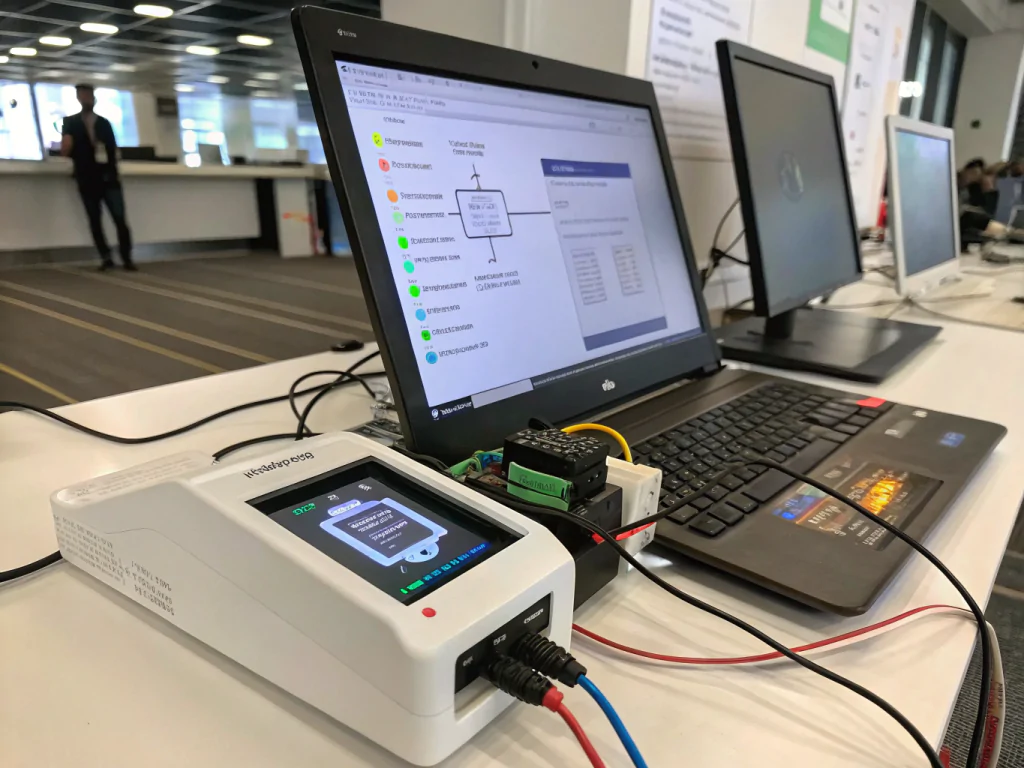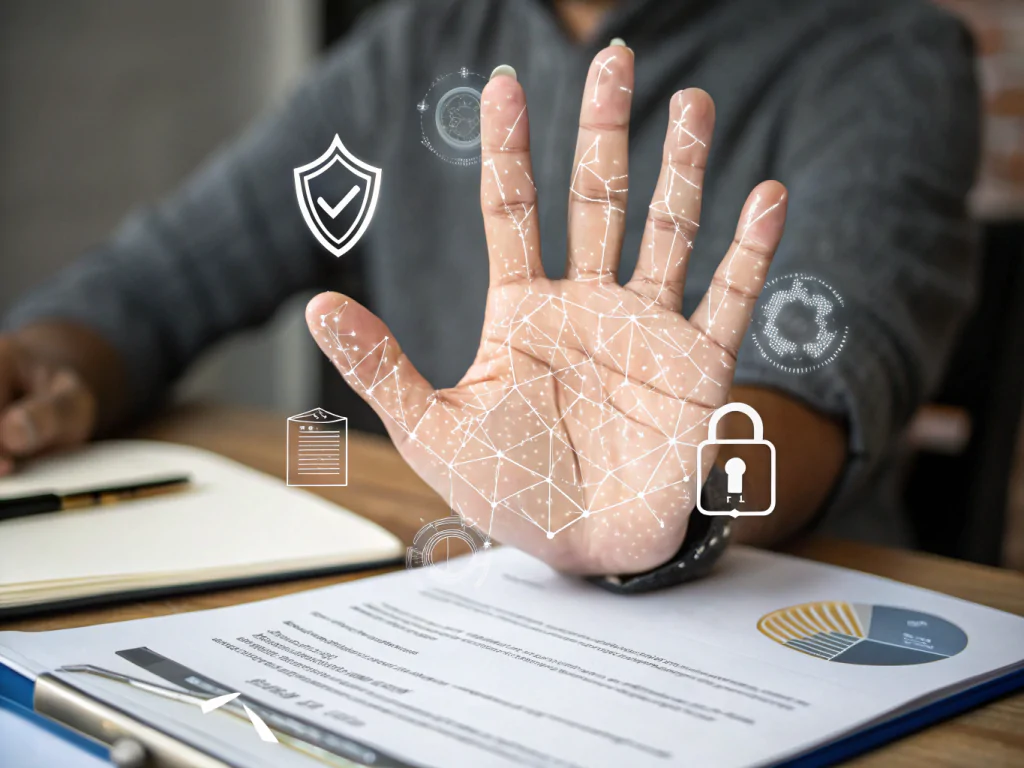Adopting palm vein recognition technology offers higher security, but it’s not without challenges. Businesses face integration difficulties, cost concerns, and environmental factors that can impact accuracy.
Palm vein recognition is a secure biometric method with high accuracy, especially suited for sectors needing high security. However, its adoption involves challenges like high costs, integration with existing systems, and environmental conditions that can affect its performance.
Transitioning to palm vein technology requires a clear understanding of its hurdles. These challenges can be addressed with proper planning and the right solutions, helping companies get the most out of this advanced technology.
[Table of contents]
What Are the Main Technical Challenges of Palm Vein Recognition?
Implementing palm vein recognition can be tricky when integrating it with existing systems, especially in industries like healthcare and banking.
Integration with existing systems is one of the biggest technical hurdles. Palm vein systems need SDKs or APIs to connect smoothly with cloud platforms or on-premise software.

Integrating palm vein systems into existing infrastructure is often harder than it sounds. Many organizations, especially those in healthcare, are still using older systems. Adding new biometric solutions requires compatibility between old and new technologies. One key challenge is ensuring that palm vein systems work with cloud-based platforms or on-premise solutions without disrupting daily operations.
For instance, a hospital in the Middle East implemented palm vein technology for secure patient identification. However, the integration process was initially slow because the hospital had to align the new biometric system with existing patient management software. By using cloud-compatible APIs provided by the vendor, the hospital was able to streamline the process, ensuring secure and efficient patient identification.
How Do Environmental Factors Affect Palm Vein Accuracy?
Palm vein scanners are sensitive to environmental factors like temperature, humidity, and lighting, all of which can affect scan accuracy.
Environmental factors such as extreme temperature or poor lighting can interfere with the accuracy of palm vein scanners.
Palm vein recognition technology relies on infrared light to capture vein patterns. However, extreme temperatures or insufficient lighting can create inaccurate scans. In some areas, like government offices or outdoor locations, varying environmental conditions are hard to control. While palm vein systems are generally built to handle these factors, businesses must still account for them.
A government agency in Asia, for example, faced challenges when using palm vein recognition for immigration control. The system had to function in locations with different climates, including regions with high humidity. To address this, the agency worked with the vendor to adjust the system’s calibration settings, allowing it to perform well across various conditions. By investing in high-durability models, the agency managed to overcome environmental challenges and successfully expand the system to additional locations.
What Are the Cost and Scalability Challenges of Palm Vein Systems?
The initial costs of palm vein recognition systems and their scalability across large enterprises can present significant challenges.
Palm vein recognition systems can be expensive to install, and scaling them across multiple locations often involves high costs and complexity.
When implementing palm vein recognition technology, businesses often encounter significant upfront costs. These can include the price of hardware, installation, and training for employees. Additionally, scaling the technology across multiple locations adds more financial and logistical strain. Companies need to carefully consider their budget and look for flexible payment options to manage the initial investment.
One example comes from a major bank in Asia, which implemented palm vein recognition for ATM access. While the system’s installation was expensive, the long-term benefits—such as improved security and reduced fraud—made it worthwhile. By using subscription-based models and cloud infrastructure, the bank could spread out costs and scale the system to multiple branches, providing secure access for its customers.
Businesses can reduce these challenges by investing in scalable solutions and considering ongoing support and maintenance options. Cloud-based systems and flexible payment plans also make scaling more affordable for companies of various sizes.
How Do Data Privacy and Encryption Impact Palm Vein Technology?
As palm vein recognition captures sensitive data, businesses must address privacy concerns and ensure their systems comply with data protection laws.
Palm vein technology raises concerns about data privacy, but encryption standards can help protect biometric data and ensure compliance with regulations like GDPR.
Data privacy is one of the most critical issues when adopting biometric authentication systems. Palm vein data is unique and sensitive, requiring proper encryption and secure storage. Businesses need to ensure that their systems meet strict data protection standards, such as GDPR or HIPAA, to avoid legal and reputational risks.
For example, a large corporation used palm vein technology to manage employee attendance and secure access to restricted areas. They took special care to ensure that all biometric data was encrypted and stored securely. By doing so, the company was able to address privacy concerns and comply with GDPR regulations, offering a secure solution for their employees and protecting sensitive data.
Ensuring that palm vein recognition systems meet encryption standards and regulatory requirements is vital for businesses that handle sensitive data. With the right security measures, companies can safely implement this technology while protecting user privacy.
—
Conclusion
Palm vein recognition offers a high level of security and accuracy, but implementing it comes with several challenges. Businesses need to address integration, environmental, cost, scalability, and privacy concerns to ensure successful adoption.
For more information on biometric technologies and their applications, visit Biometric Update.





